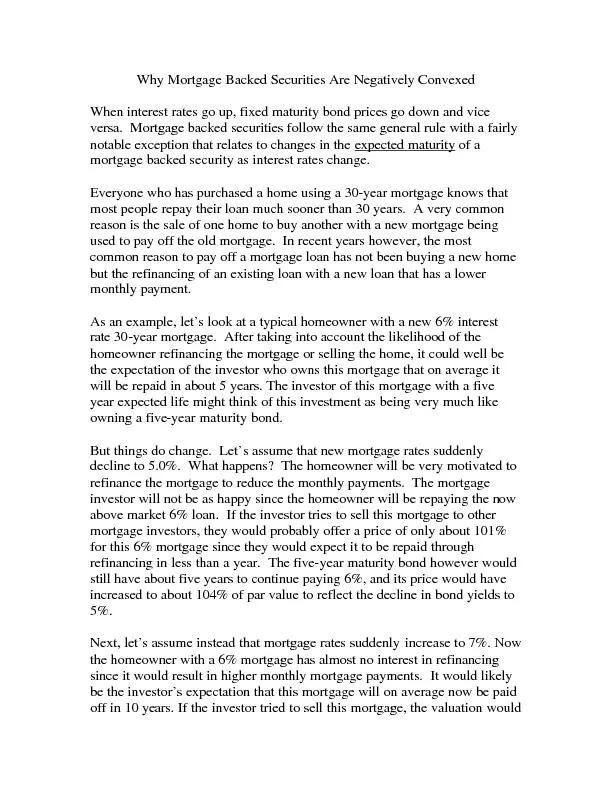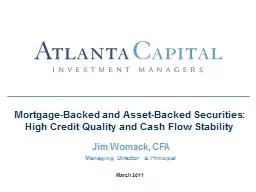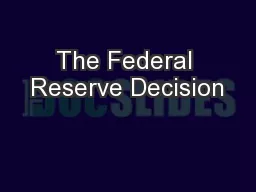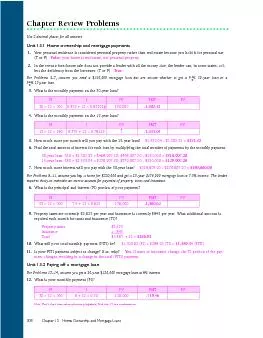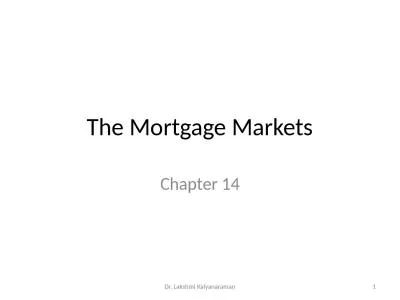PDF-Why Mortgage Backed Securities Are Negatively Convexed When interest
Author : faustina-dinatale | Published Date : 2016-05-12
of a mortgage backed security as interest rates change Everyone who has purchased a home using a 30year mortgage knows that most people repay their loan much sooner
Presentation Embed Code
Download Presentation
Download Presentation The PPT/PDF document "Why Mortgage Backed Securities Are Negat..." is the property of its rightful owner. Permission is granted to download and print the materials on this website for personal, non-commercial use only, and to display it on your personal computer provided you do not modify the materials and that you retain all copyright notices contained in the materials. By downloading content from our website, you accept the terms of this agreement.
Why Mortgage Backed Securities Are Negatively Convexed When interest: Transcript
Download Rules Of Document
"Why Mortgage Backed Securities Are Negatively Convexed When interest"The content belongs to its owner. You may download and print it for personal use, without modification, and keep all copyright notices. By downloading, you agree to these terms.
Related Documents

